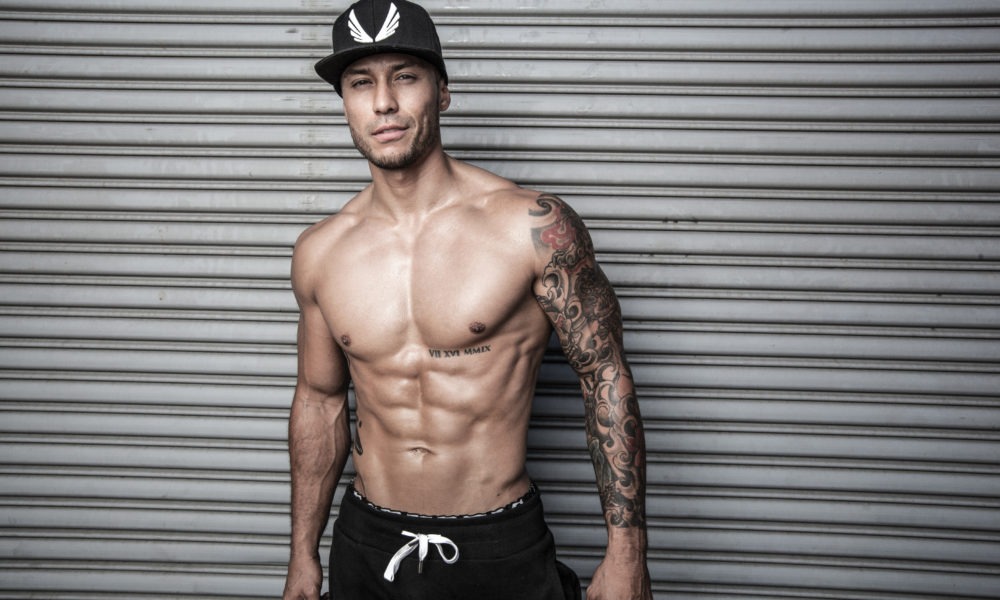

How to use bodyweight training for muscular hypertrophy and functional strength.
By Todd Kuslikis
If hypertrophy is what you seek, split workouts are probably already in your arsenal. Organizing your program by bodypart is often the way to go when it comes to building up bulk. By working different muscle groups each day, these programs leave plenty of recovery time, allowing you to bring muscles to absolute fatigue.
Split weight-training workouts have a downside, however. Our muscles are not meant to work in isolation. They are integral parts of the body’s complex, interconnected machinery. If one gear weakens, or we allow a single wire to fray, the function of the whole machine can be compromised. Training for whole-body strength is important for keeping the muscles working together for optimum results.
Integration + Isolation
Training splits often favor isolation over integration exercises. Carving the body up into individual parts, they help muscles gain size but neglect the way they function together. You might not notice right way, but at some point, probably outside your workout, weak points will begin to surface. Going about your day, you’ll suddenly feel a shoulder pop or your back strain. That’s a gear in the system giving out.
This doesn’t mean we need to give up on training splits. Balancing out your program can be as simple as adding some bodyweight exercises, or temporarily shifting to a bodyweight-based workout. Properly planned, bodyweight exercise can build integrative strength while encouraging incredible muscle growth. Because bodyweight exercises require the body to work as a unit, even when focusing on one muscle group, they are the best of both worlds. By carefully choosing exercises that are built to encourage hypertrophy, you can use bodyweight exercises to train for mass while building functional, full-body strength.
Function + Form
Functional strength makes you stronger in the ways that count. It’s the strength we use for daily life and athletic activities. It’s also the strength that keeps the body working smoothly, keeping you injury-free and operating at maximum efficiency. Bodyweight exercises require the whole body to work as a unit, building this functional strength. A recent study, published in The Journal of Strength and Conditioning Research, showed that these kinds of integration exercises actually activate more muscle than isolation exercises. They’re particularly good at activating the muscles of the core. Strengthening these muscles has been shown to play a key role in injury prevention for the spine, knees, and beyond.
There are also aesthetic benefits to building integrated strength. Bulking up with isolation-only programs can lead to an unbalanced look. Building full-body strength through bodyweight exercise evens things out. The result is a balanced, all-over ripped look that weight-training split programs can’t beat.
Higher Intensity, Lower Repetitions
It’s time to change the way we think about calisthenics. While they’re typically not considered an effective bodybuilding method, bodyweight exercises can create massive muscle growth when approached correctly.
The secret is in changing the way we use bodyweight exercise. Typically, bodyweight exercise programs are used for increasing muscular endurance. Weight-lifting programs, on the other hand, are structured for creating hypertrophy and muscle growth. Applying the principles of weight lifting to bodyweight exercise, we get the best of both worlds: muscle growth and cohesive, full-body strength.
The first step is to shift from high-repetition endurance-based training to low-repetition, hypertrophy-based training. To do this, we need to up the ante on our bodyweight exercises, bringing up the intensity to fatigue muscles fast. Your bodyweight training goal should be to fatigue the muscle within eight to 12 repetitions.
This is going to require more than your average push-up. Luckily, there are tons of largely unheard of, unexplored bodyweight exercises out there. You’ll be amazed at the challenges available using only your bodyweight as resistance.
Calibrating Calisthenics
We encourage you to explore the wide world of bodyweight exercise to build a program that excites you.
A couple key principles, however, can help you transform any bodyweight exercise into a muscle-building catalyst. Angular training is a great place to start. It’s as simple as adjusting the angle of your body to make an exercise more difficult. Placing your feet on a chair, for example, turns a standard push-up into an intense, upper pec–targeted exercise.
Adjusting the weight distribution of an exercise can also change it in dramatic ways. Let’s play with that same standard push-up again. Instead of keeping your weight evenly distributed between the arms, shift it to one side, bringing the distribution to 70/30 or 80/20. You’ll feel an instant increase change in difficulty. With one arm taking on the majority of the work, you’ll fatigue faster. Play with the weight distribution until you find a place where you’ll fatigue in the eight to 12 repetition range, and you’ve created a growth-based bodyweight exercise.
Progress With Progressive Overload
As you build your bodyweight program, remember that fatiguing a muscle takes time. Perform multiple sets of each exercise, aiming for at least three sets. This is a great way to create essential progressive overload—the idea of making workouts harder and harder over time. Begin with three sets, adding more as you get stronger so that you’re always working to fatigue. You can also boost the intensity by progressively adding more exercises to your workout. As things start to feel comfortable, tack on something new, expanding your exercise repertoire and challenging muscles with unfamiliar movement.
Don’t Give Up The Split
Workouts tear muscle tissue. Growth happens afterward. When you bring a muscle group to full fatigue, it needs time to recover for growth to happen. Training splits allow you to achieve this growth, while bodyweight work brings vital full-body integration into the mix. Whether you’re shifting to an entirely bodyweight plan, or integrating calisthenic exercises into your current workout, you’ll be bringing balance to your split workout, without dismissing it entirely.
The same is true for isolating muscles. The advantage of bodyweight training is that it requires the whole body to work cohesively, even in the most targeted of exercises. This allows you to isolate your muscles for maximum growth without risk of neglecting full-body strength. Spend serious time targeting each muscle group.
The workouts are designed to tax the entire body. If you like full-body workouts because you don’t have a lot of time, make sure to allow at least one day for your body to recover.
The Workout
The following two workouts are designed for beginners and advanced fitness enthusiasts. They will help you build muscle. As your ability increases, you can switch to the more advanced routine and add more sets to your workout.
Beginner Workout
Exercise Sets Reps Rest
Uneven Push-Up 3-5 6-8 30-60 sec
Diamond Push-Up 3-5 6-8 30-60 sec
Barbwire Push-Up 3-5 6-8 30-60 sec
Around The World Pull-Up 3-5 6-8 30-60 sec
Kneeling Back Bend 3-5 8-12 30-60 sec
Advanced Workout
Exercise Sets Reps Rest
X Push-Up 3-5 6-8 30-60 sec
Handstand Push-Up 3-5 6-8 30-60 sec
Bridge Push-Up 3-5 6-8 30-60 sec
In-And-Out Pull-Up 3-5 6-8 30-60 sec
Pistol Squat 3-5 6-8 30-60 sec
X Push-Up
From standard push-up position, move your feet wider than shoulder-width apart. Place your arms just outside your shoulders width, about a foot in front of you. Your hands will not be in the same plane as your chest or head. Inhale to lower until your head touches the ground. Exhale to push back up. As you get stronger, you can extend the arms farther forward, keeping the same width.
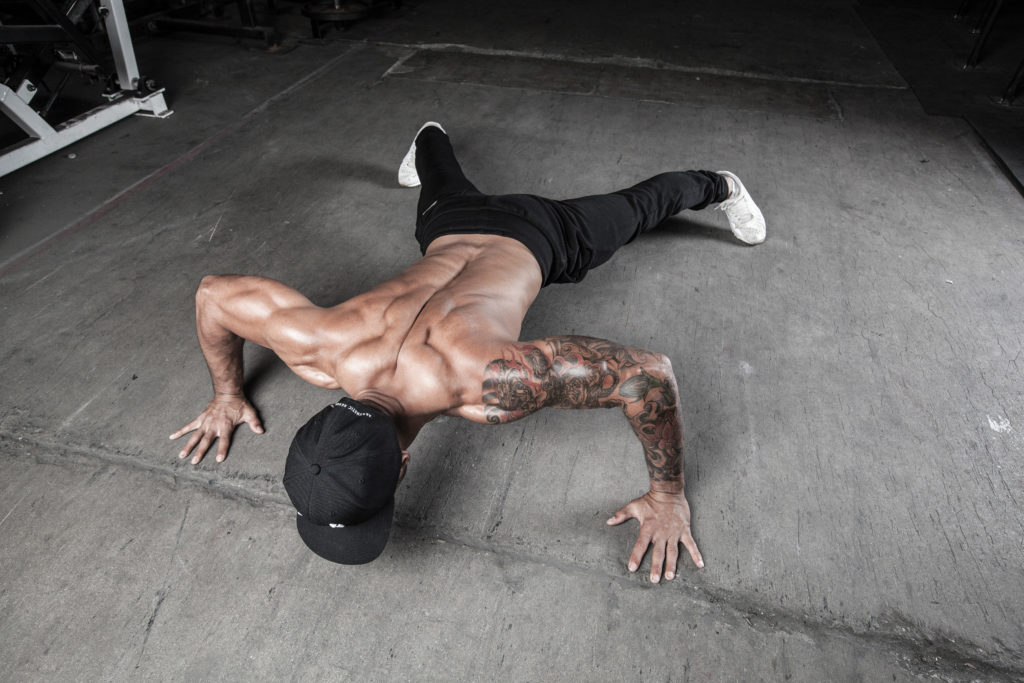
Uneven Push-Up
From a standard push-up position, shift your weight so that about 70 to 80 percent of your bodyweight is on one arm. Keep this weight distribution as you move through the push-up, inhaling to lower and exhaling to rise. Repeat on the other side.
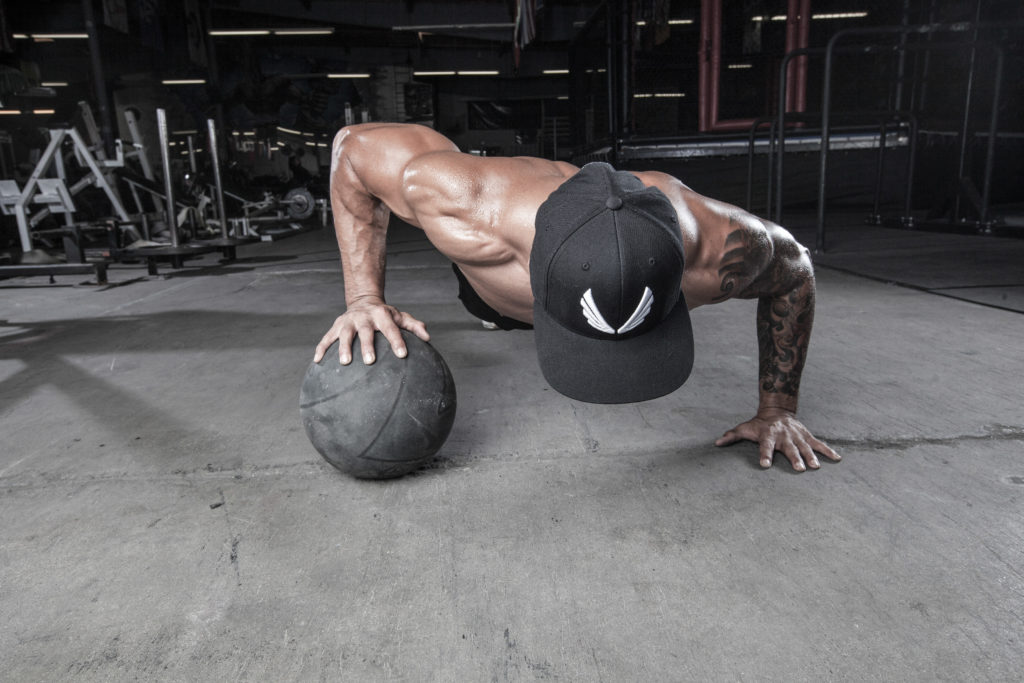
Handstand Push-Up
Stand facing a wall and bend at the waist, placing your hands shoulder-width apart on the floor. Kick up against the wall, keeping your arms straight, legs extended, and body as straight as possible. Inhale to slowly lower yourself toward the ground, bringing the head close to the floor. Exhale to push yourself up until your arms are fully straight.
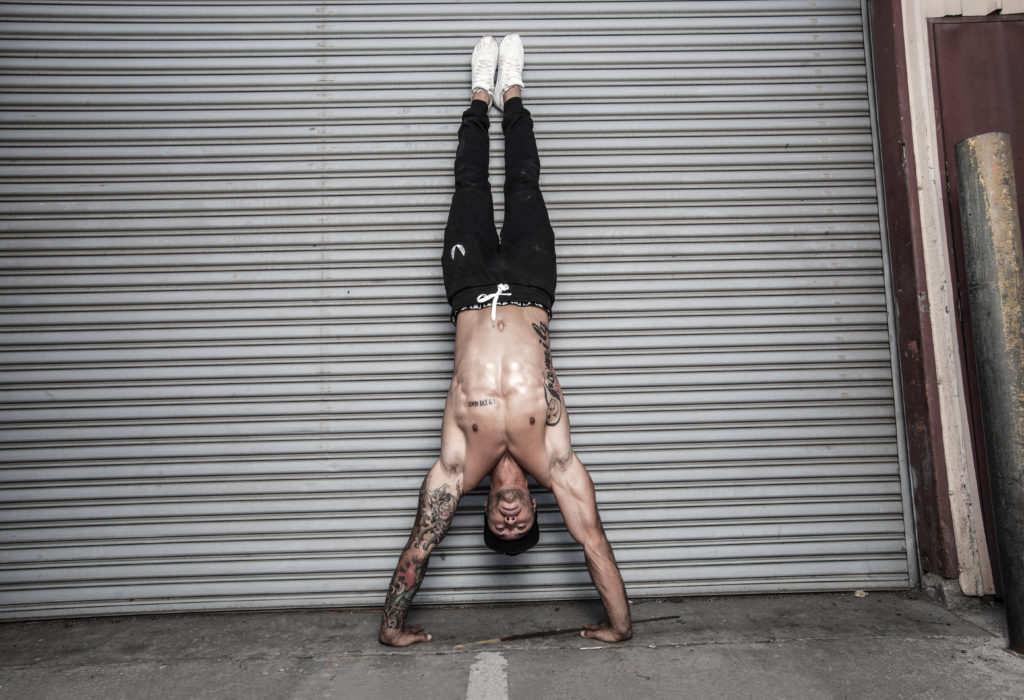
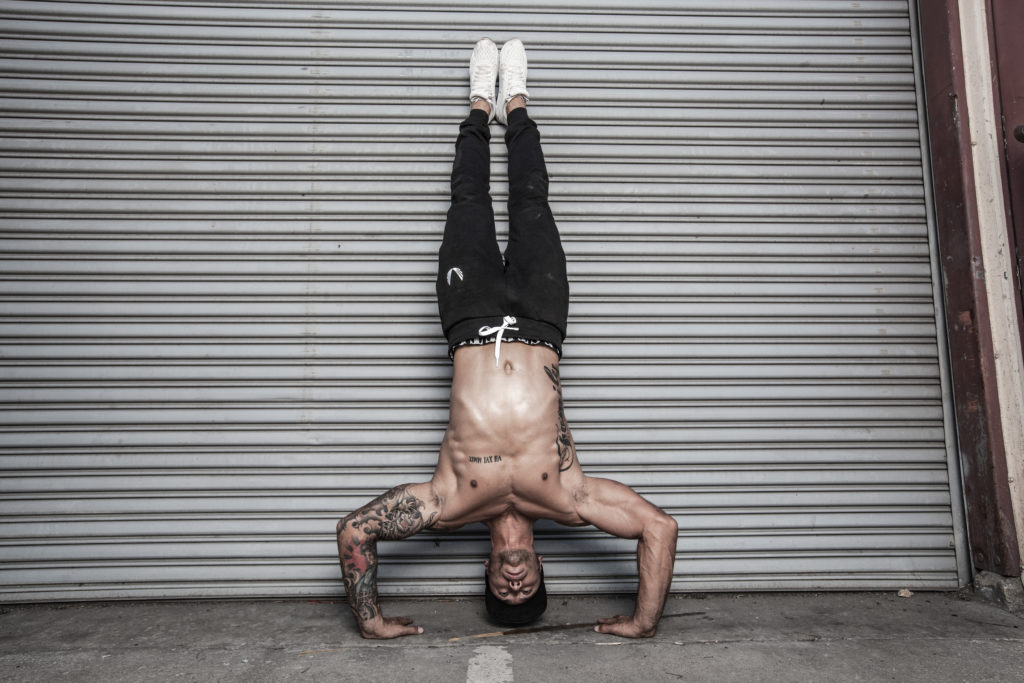
Diamond Push-Up
From a standard push-up position, place your hands in line with your face so that your fingers form a diamond. Inhale to lower yourself down, touching your nose to the inside of the diamond. Exhale to push back up. Be careful to keep your elbows pointing out as you lower down. Your body should stay in a straight line throughout the exercise. Don’t allow your hips to drop or sag.
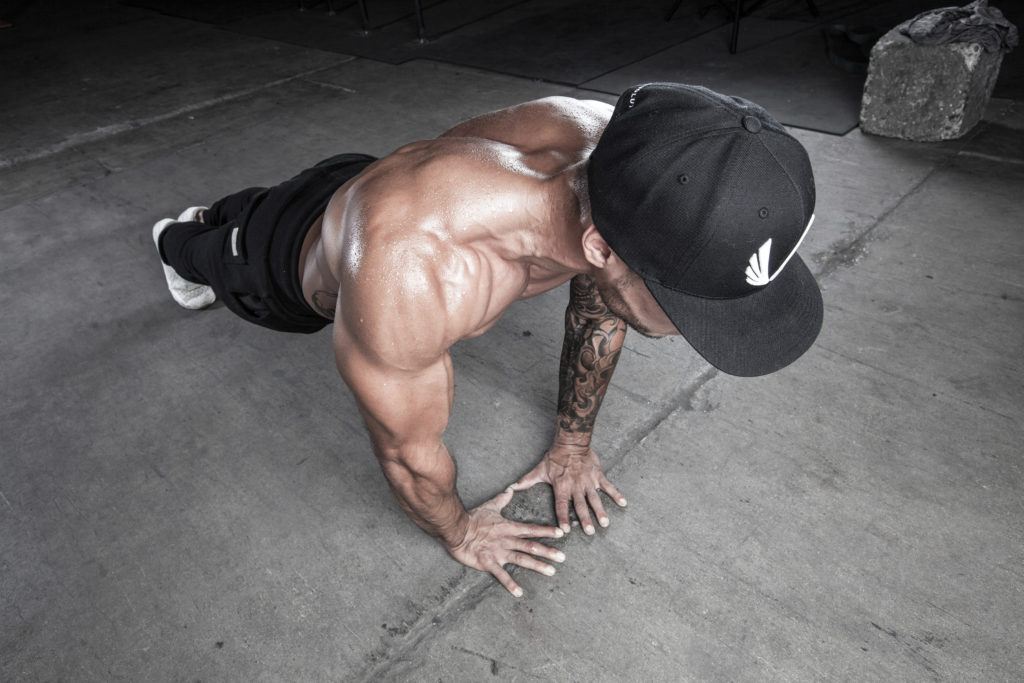
Barbwire Push-Up
From standard push-up position, bring your feet wider than shoulder width. Form a triangle with your body by sending your hips upward and your nose toward the ground with the arms straight (this will resemble the yoga “downward dog” position). Inhale to bring the body toward the ground, moving through a push-up to scoop the chest up on the other side. Exhale to return back to your starting position. Be sure to move through the entirety of this movement on every repetition.
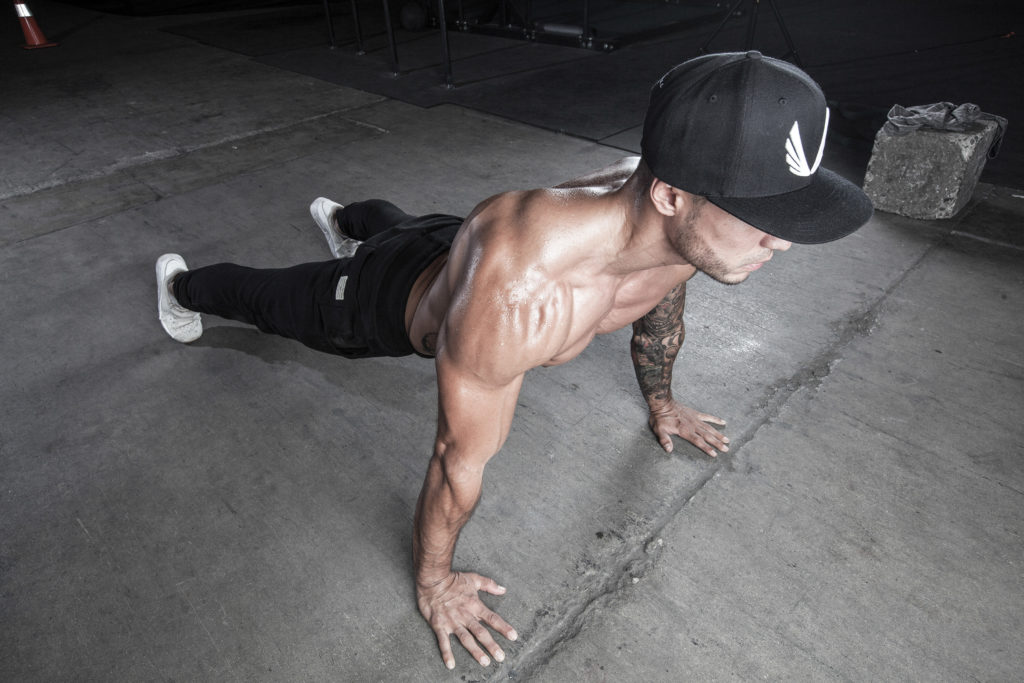
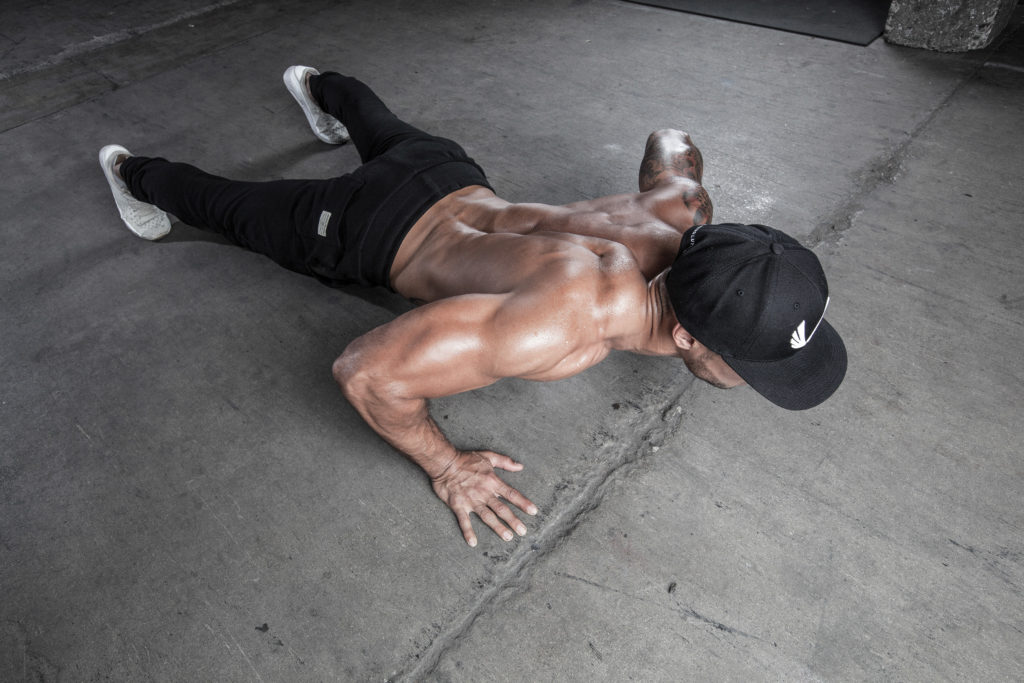
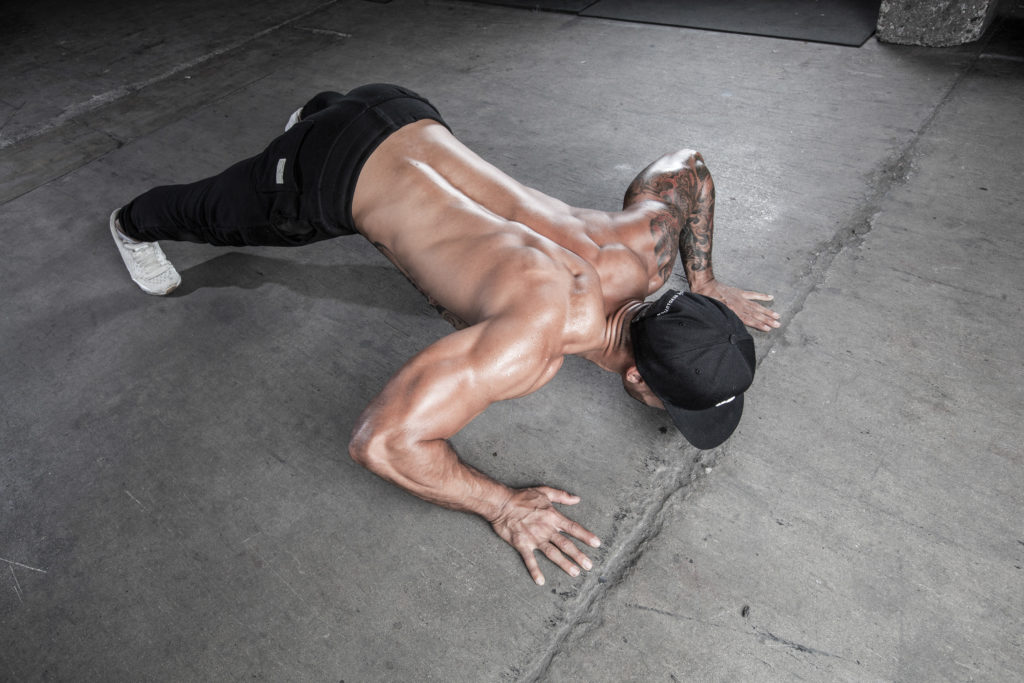
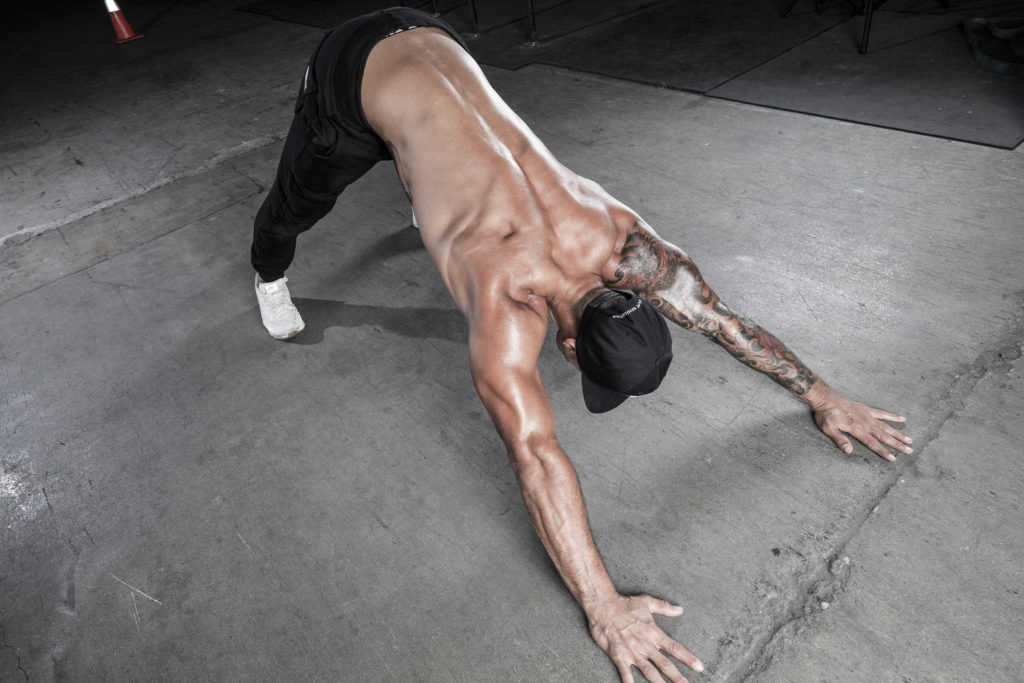
Bridge Push-Up
Lying on the floor, bend your knees, bringing the heels toward the glutes about hip-width apart. Place your hands behind your shoulders. Inhale to press into the hands and feet, lifting the hips and extending the chest upward. Bring the arms as straight as possible without straining the lower back. Be careful not to point your elbows out, keeping them in line with the shoulders as much as possible. Exhale as you lower back down.
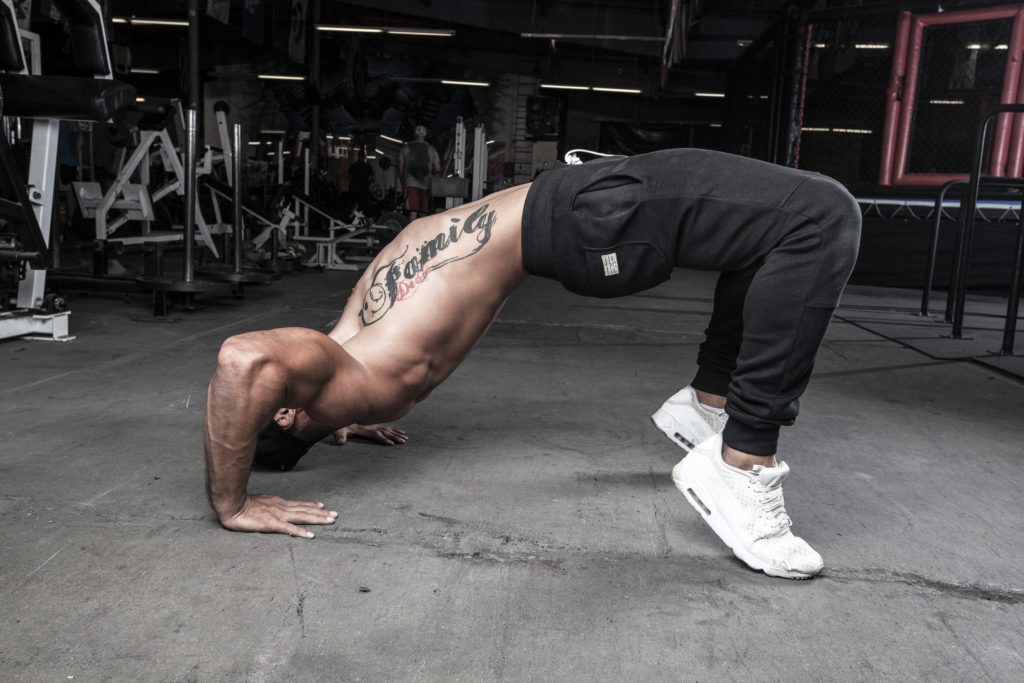
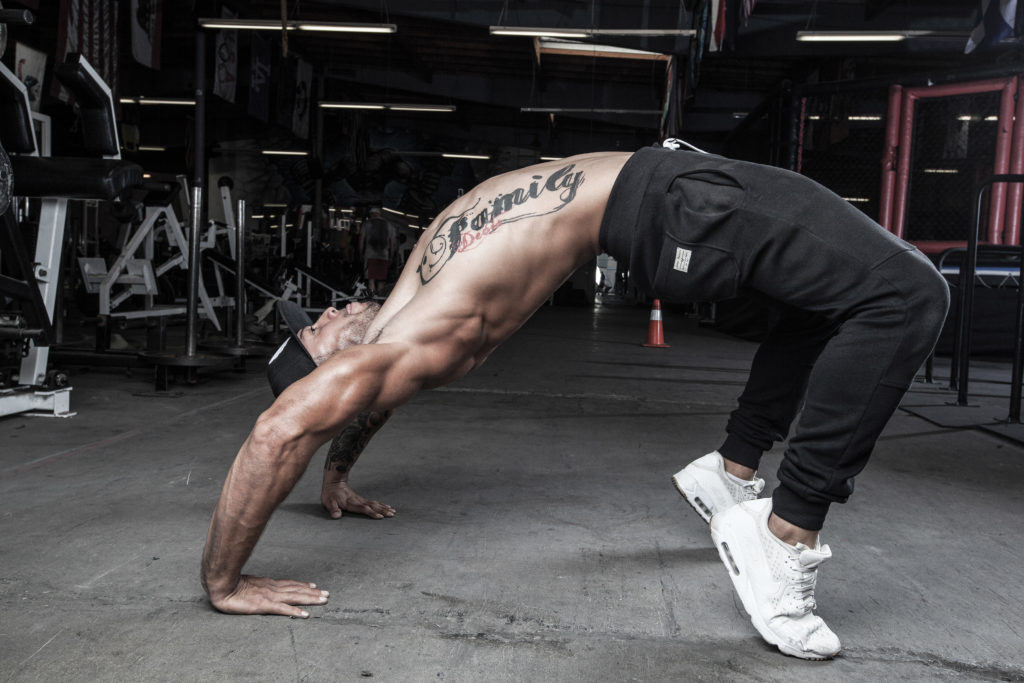
Around The World Pull-Up
Begin in standard pull-up position. As you pull yourself up, shift your weight to the right so that your face comes in line with your right hand. Without coming down, shift your weight to the left, then lower. Repeat, going the other direction for the next repetition.
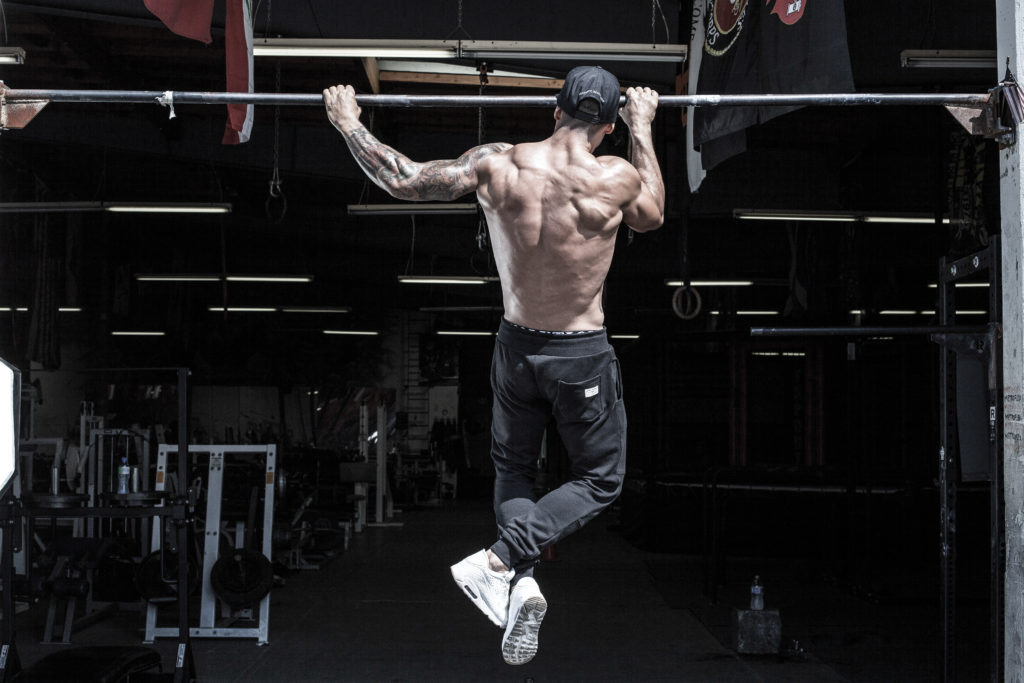
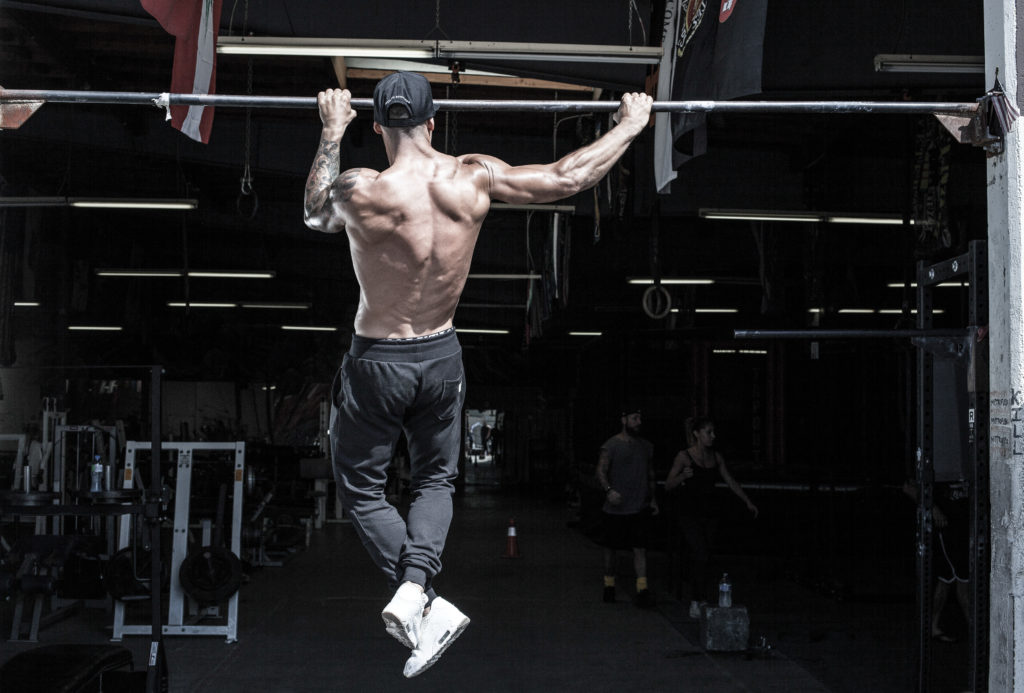
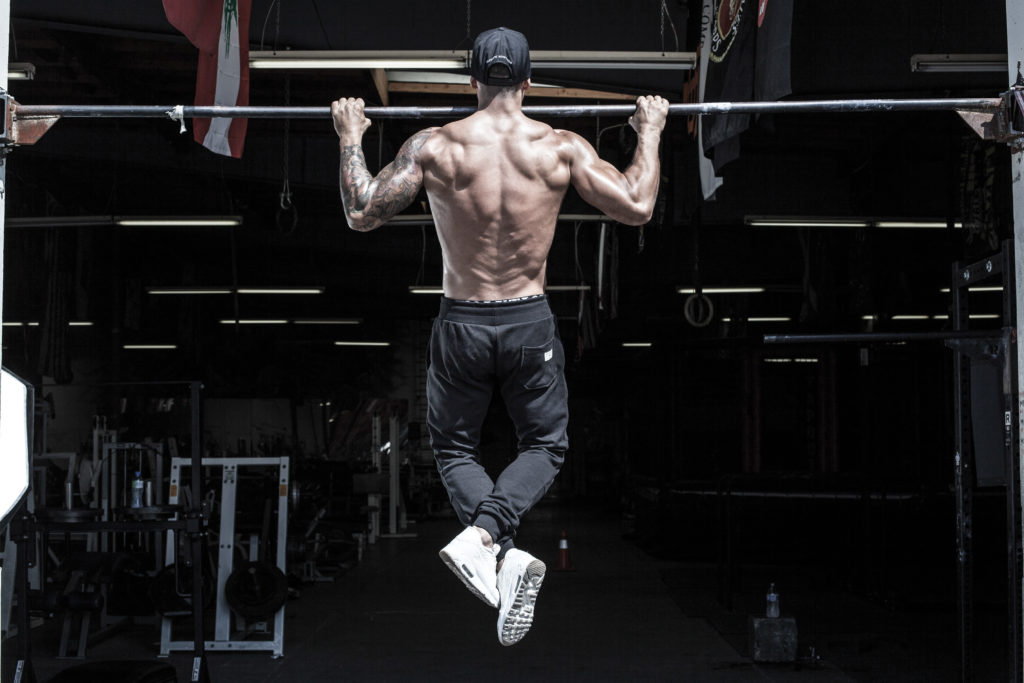
In-And-Out Pull-Up
Begin hanging from the pull-up bar with your arms slightly wider than your shoulders, and pull your chin over the bar. At the top of your pull-up, bring your hands together so that they are right in front of your nose. Lower down. Pull-up again, bringing the hands apart again at the top of the push-up. Lower back down.
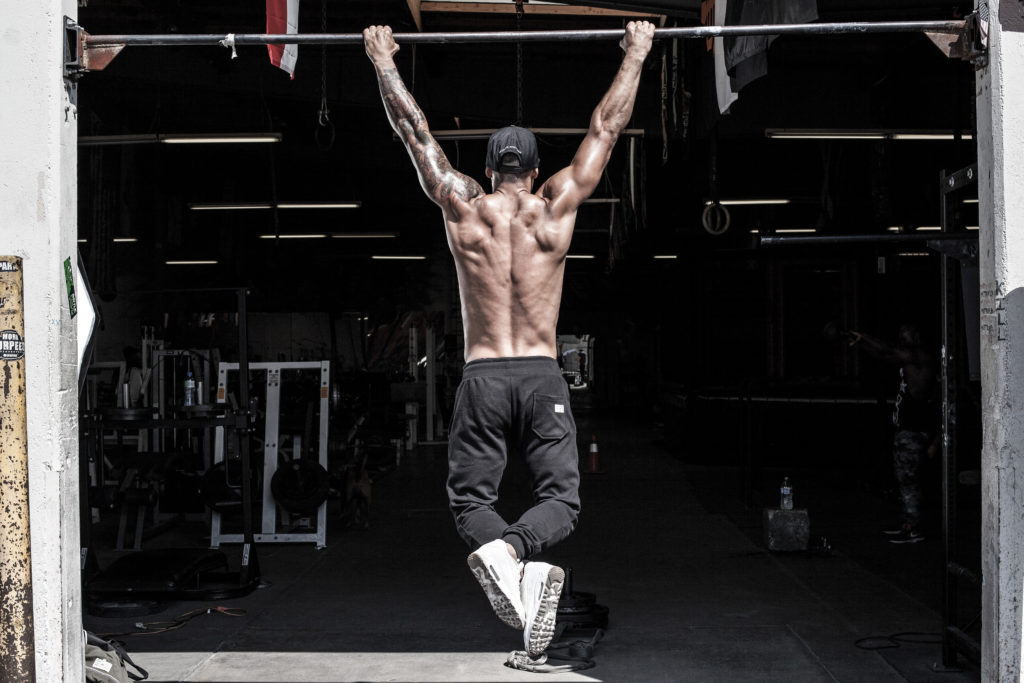
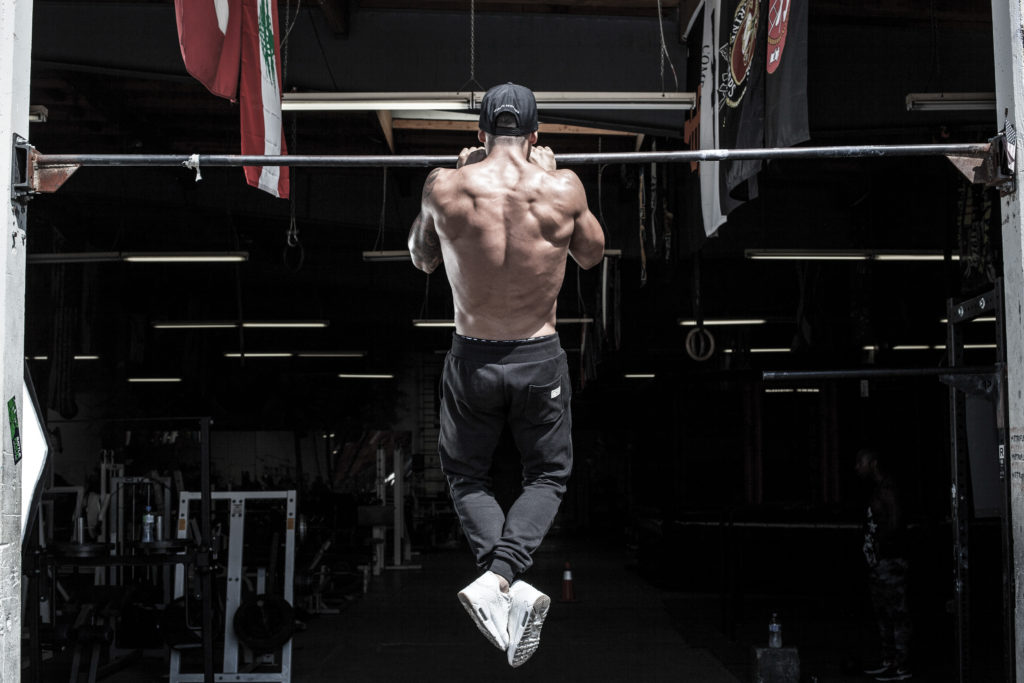
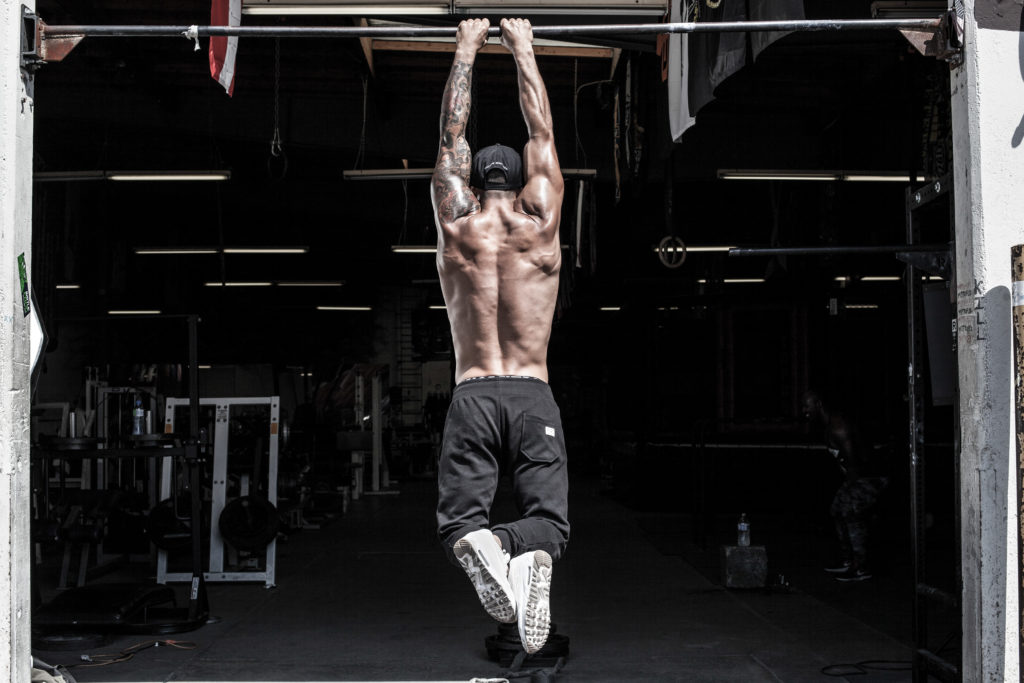
Pistol Squat
Standing on one foot, extend the other leg straight out in front of you. Bend the standing leg to lower the body as close as possible to the ground, keeping the extended leg steady. Without lowering the extended leg, rise back to standing, and repeat. Be sure to bend not just your hip and knee, but also your ankle as you descend.
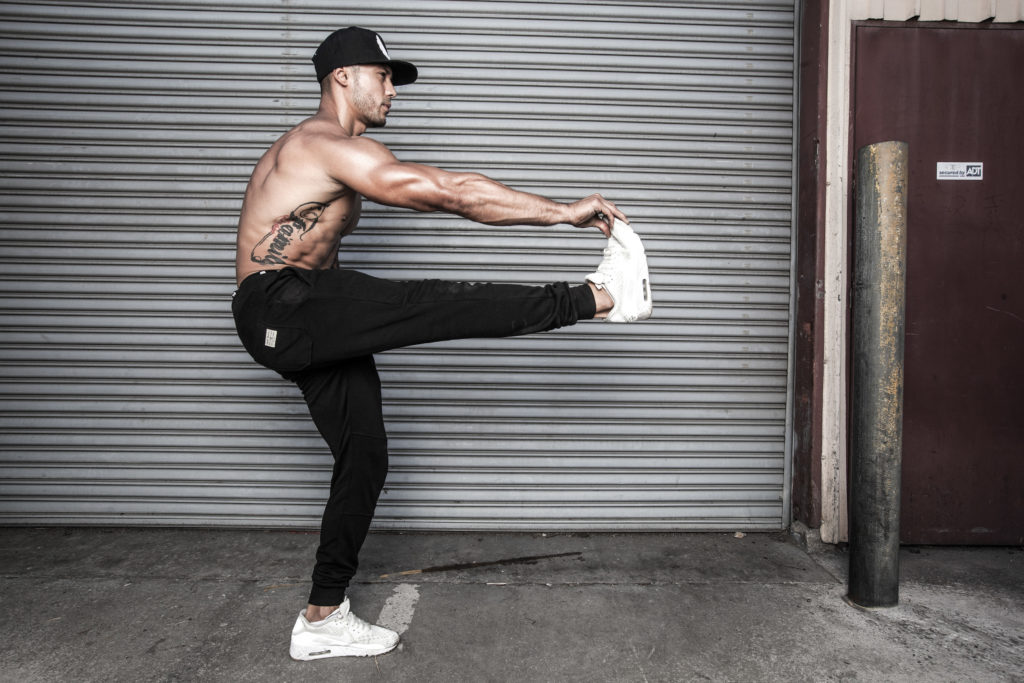
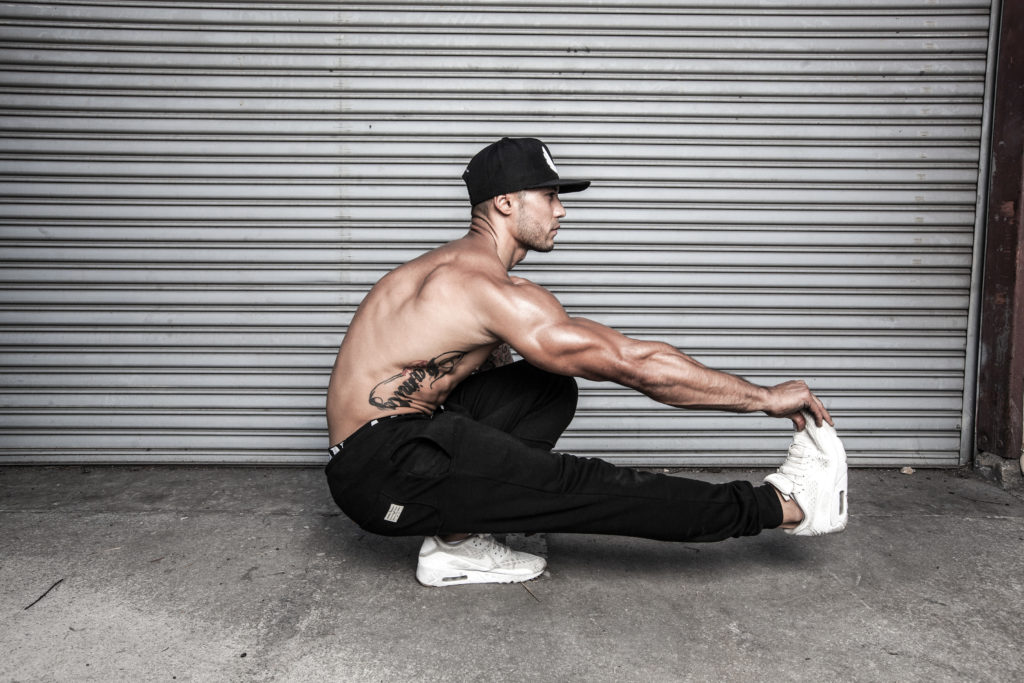
Kneeling Back Bend
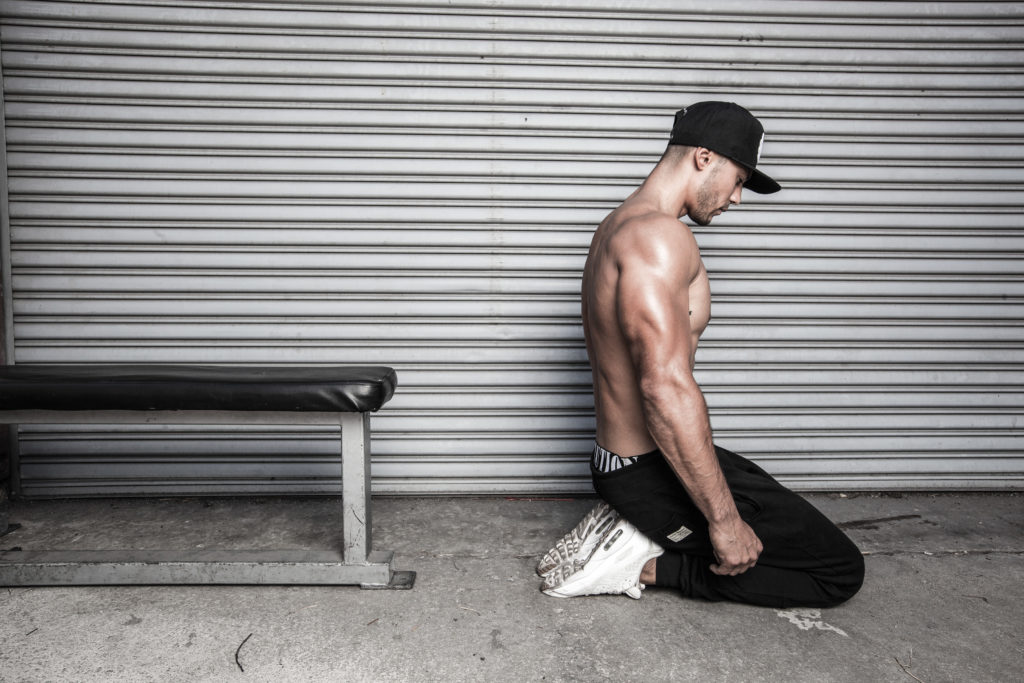
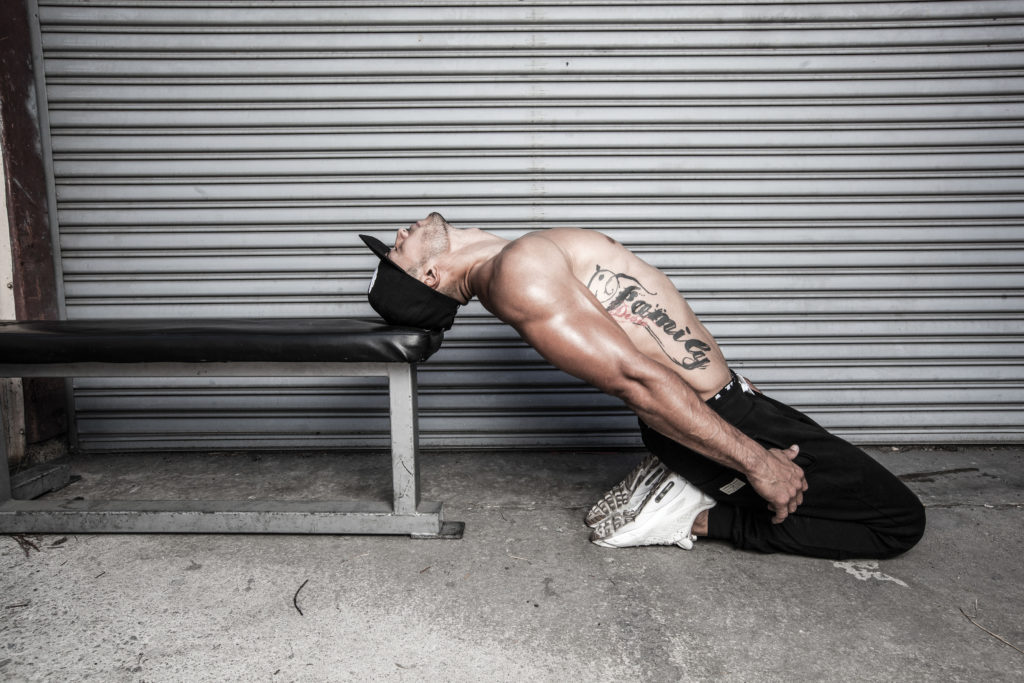
Kneel down two to three feet away from the front of chair, hands resting at your side or behind you. Keeping your back straight and your hips still, inhale to slowly lean backward until your head or back touch the chair. Exhale to return to starting position. Be careful to not let your hips hinge during this exercise, so that the movement comes only from the knee joint. IM






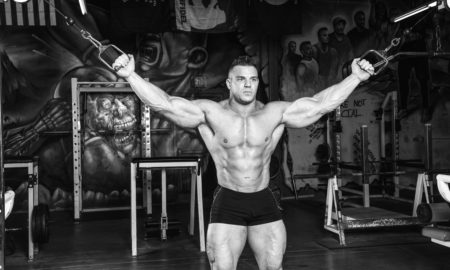
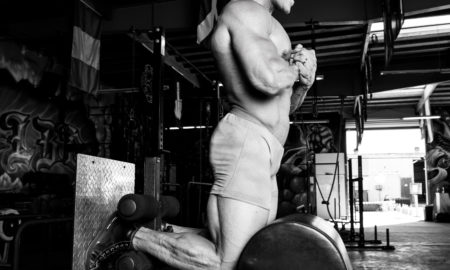














You must be logged in to post a comment Login